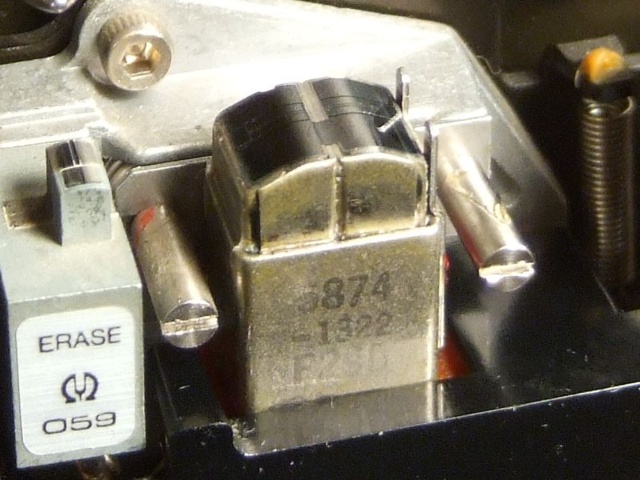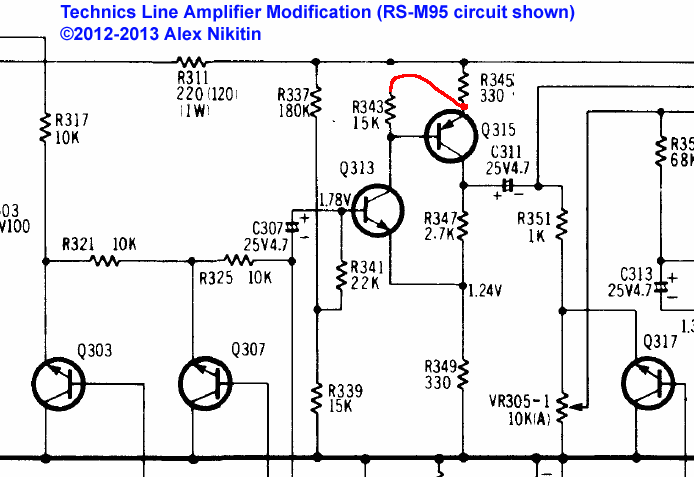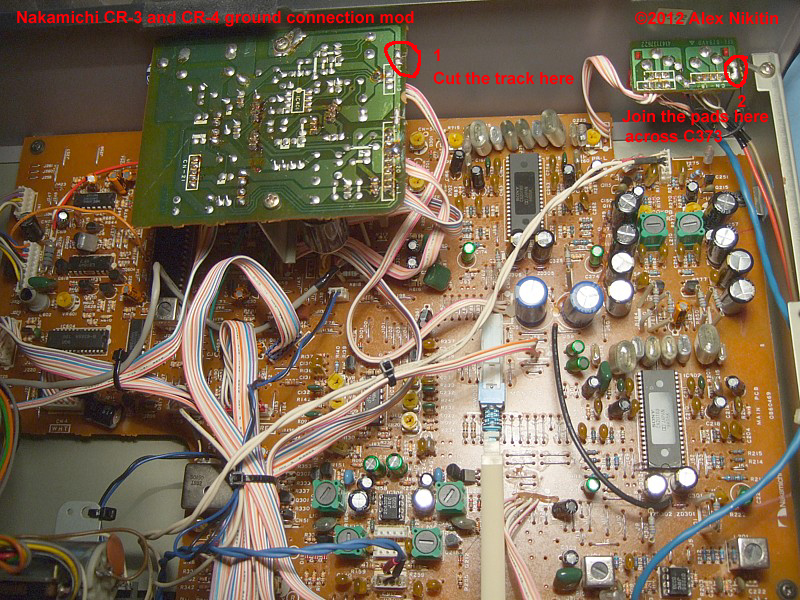. ANT Menu
News
About
Philosophy
Reviews
Links
Contact
Modifications
Tape Recording
Ant4066
Alignment Tapes
Manuals
Library
Circuit Ideas
Services
For Sale
Products
.Modifications
|
|
Modifications for Pioneer CT-F1250 deck using ALPS Ferrite head |
Here is the list of modifications required after replacing the head in CT-F1250 deck with ALPS Ferrite head. Modification of Pioneer CT-F1250 for ALPS R/P head in PDF format  |
|
|
ModificationsNotice: Information in this section is only for qualified technicians and engineers! |
(This page generated in 0.52s) Copyright © 2020 Alex Nikitin


